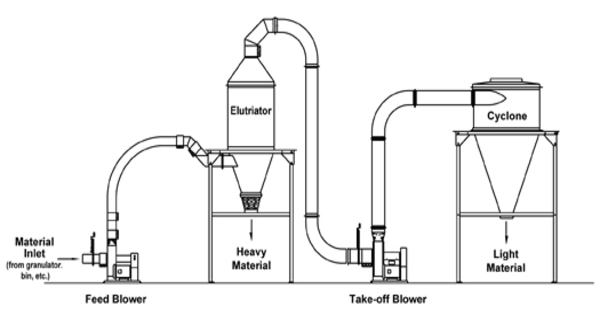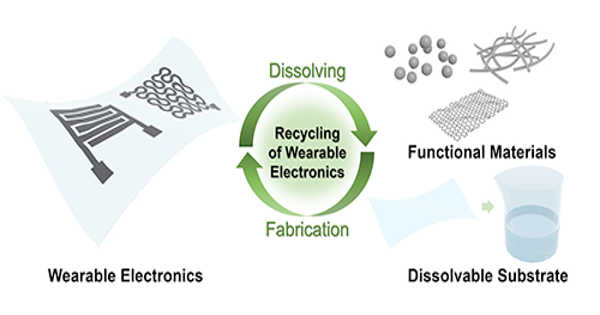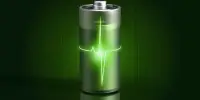Elutriation is the technique of separating a mixture of solid particles from a fluid (often a gas or liquid) using a vertical column through which the fluid is circulated, forcing the particles to settle at varying rates. It is the technique of separating particles based on their size, shape, and density by utilizing a stream of gas or liquid that flows in the opposite direction of sedimentation.
The particles are separated depending on their size, density, and form. This approach is mostly utilized for particles less than 1 μm. Smaller or lighter particles rise to the surface (overflow) because their terminal sedimentation velocities are lower than the rising fluid’s velocity. Stokes’ law can be used to compute the terminal velocity of any particle in any medium with a Reynolds number less than 0.2. Counterflow centrifugation elutriation is a comparable technique for cell separation.
Air classification
An air elutriator is a simple device that divides particles into two or more groups.
An elutriator, which consists of a vertical tube through which fluid is pumped at a controlled rate, can be used to separate materials. When the particles are injected, commonly via a side tube, the smaller particles are carried over by the fluid stream, while the larger particles settle against the upward current. If one starts with modest flow rates, little, less dense particles reach their terminal velocities and flow with the stream.
The particle from the stream is collected in overflow and therefore separated from the feed. The flow rates can be increased to separate larger size groups. Further size fractions may be collected if the overflow from the first tube is passed vertically upwards through a second tube of greater cross-section, and any number of such tubes can be arranged in series.
Advantages
Elutriation takes advantage of the fact that different particles settle at different velocities in a fluid medium. The approach is widely used in a variety of sectors for tasks like particle size categorization, purification, and separation. Elutriation can be used to separate particles of different sizes, with the fluid carrying away the smaller or lighter particles while leaving the larger or heavier particles behind.
Elutriation includes the separation of tiny particles from a gas stream. The gas flows through a column, and as it rises, the gas carries away the smaller particles, while the larger particles settle and aggregate at the bottom of the column. This approach is often applied in sectors such as pharmaceuticals, chemicals, and environmental engineering for operations like dust removal or particle size fractionation.
Elutriation is also employed in soil science for particle size analysis, in which soil samples are eluted with water or air to separate soil particles depending on size and density.
















